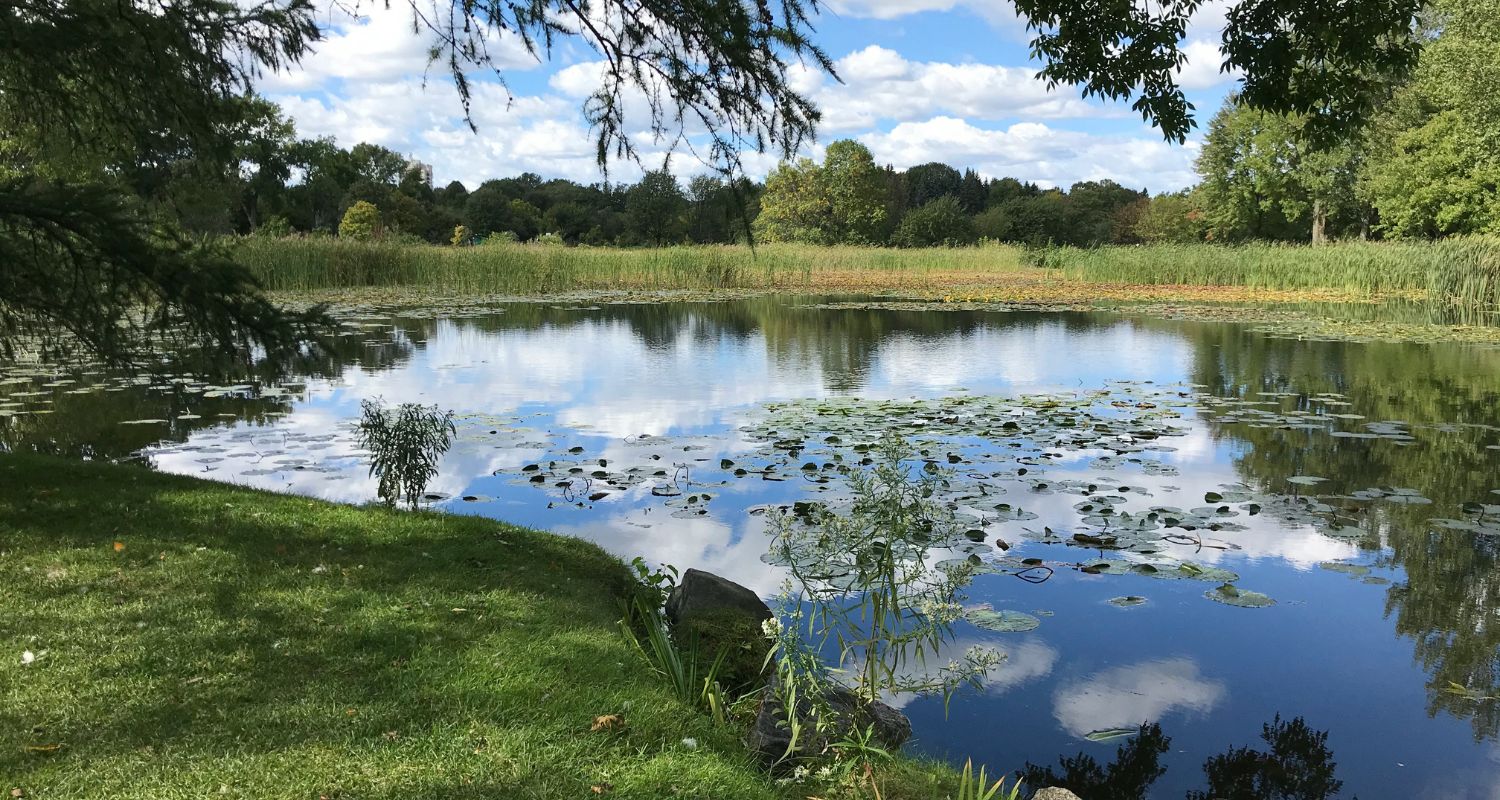
How to Get Rid of Pond Smell and Improve Water Quality
Pond smells aren’t just unpleasant. They’re a red flag. From sewage like odors to that unmistakable stagnant water smell, these issues point to poor circulation, low oxygen, and decaying muck building up below the surface.
The good news? You don’t need chemicals or costly dredging to turn things around. With aeration, pond probiotics, and a bit of cleanup, you’ll be amazed at the difference — especially with that smell!
Let’s dig into what causes pond water smell, how to get rid of smelly pond water for good, and why an aerator might be your pond’s best friend.
🧪 What Causes Pond Water to Smell Bad?
- Low oxygen levels: Without enough oxygen, organic matter breaks down anaerobically and releases foul smelling gases.
- Built up muck and sludge: Layers of decomposing leaves, algae, and fish waste on the pond bottom are a major source of odor.
- Algae die off: When algae blooms crash, the dead material sinks and decays, creating that pond water smell.
- Runoff pollution: Fertilizers and lawn chemicals washing into the water create excess nutrients that fuel odor producing bacteria.
- Stagnant zones: Areas of your pond with no water movement quickly turn sour.
If your pond stinks, it's not just unpleasant. It’s a clear warning sign your pond or lake needs help.

Odors usually come from low oxygen levels at the bottom of the pond, which leads to anaerobic bacteria breaking down organic matter like fish waste, leaves, and dead algae.
The byproduct? Hydrogen sulfide gas, that classic rotten egg smell.
Think of it like your pond is “holding its breath.” Without oxygen, the breakdown of muck turns toxic.
You may also notice a spike in mosquito activity, thick surface scum, or even fish gasping at the surface. These are all signs your pond is out of balance.
✅ 4 Simple Fixes for a Smelly Pond
- Install an aerator: Whether it's a surface aerator, aerating fountain, or bottom diffused system, aeration adds oxygen where it's needed most.
- Remove excess organic matter: Skim floating debris, rake shoreline muck, and vacuum sludge if it’s thick.
- Add beneficial bacteria: These good microbes help break down nutrients before they rot.
- Stop feeding the problem: Fertilizer runoff, grass clippings, and fish overfeeding all fuel smelly pond problems.
👉 Learn more in our guide: Best Pond Aerator: How to Choose the Right One
🌬️ Why Stagnant Water Smells Worse
You might hear “aeration” thrown around a lot, but what does it actually mean?
In simple terms, aeration moves oxygen through your pond water.

This helps beneficial bacteria thrive, discourages the growth of anaerobic bacteria (the smelly ones), and keeps water circulating so nothing becomes stagnant. Wondering how to get rid of smelly pond water? Aeration is almost always step one.
There are three main types of aerators to consider:
📊 Pond Aeration Options at a Glance
| Type | Best For | Impact on Smell |
|---|---|---|
| Subsurface Aerator | Deep ponds (6+ ft) | Full oxygen distribution |
| Surface Aerator | Shallow ponds (<6 ft) | Boosts top layer oxygen |
| Aerating Pond Fountain | Decorative + light circulation | Light odor reduction + beauty |
Find out the difference between surface and bubble aeration (bottom diffused).
🧬 Bacteria + Oxygen = Smell Free Pond
Bacteria are your pond’s natural cleanup crew, but they can’t do their job without oxygen. When you aerate your pond, you give these beneficial bacteria the boost they need to break down organic waste before it becomes sludge and stink.
💬 Holly Says: Just like probiotics help your gut by breaking down food efficiently, beneficial bacteria digest sludge and reduce odors by restoring balance in your pond.
Without oxygen, the wrong kind of bacteria take over. They produce hydrogen sulfide gas — that’s the classic rotten egg smell most pond owners dread. Aeration keeps the balance in check so the good microbes can thrive.

A smelly pond isn’t just gross. It’s a sign that your pond’s ecosystem is off balance. Once the odor is gone, keeping it away means staying proactive.
- Don’t overfeed fish. Uneaten food becomes sludge.
- Install a buffer zone. Native plants help filter runoff.
- Add a timed aerator. Keep water circulating during hot or rainy weather.
- Watch for stagnant corners. Even one uncirculated area can go sour fast.
- Avoid excessive fertilizer use nearby. Runoff fuels nutrient overload.
- Trim overhanging trees and vegetation. Falling leaves create organic buildup.
- Use pond dye cautiously. It can block sunlight but won’t fix poor oxygen.
- Check inflow/outflow pipes for blockages. Poor flow leads to stagnation.
🚨 Emergency Signs You Shouldn’t Ignore
If your pond smells like sewage and your fish are acting strange (floating, gasping, or dying), it’s time to act immediately. Don’t wait for nature to sort it out.
Severe pond stink usually means oxygen has already crashed.
Start with an aerator, add bacteria, and clean out as much muck as possible.
👉 Read more about the Benefits of Pond Aeration
🌟 Final Word: Your Pond Doesn’t Have to Stink
Bad pond smell isn’t just unpleasant. It’s a warning sign that something deeper is going wrong.
But the fix doesn’t have to be complicated.
The benefits of pond aeration are immediate and long lasting: you get cleaner water, less muck, and fewer odors — without relying on chemicals.

Add in some helpful bacteria and a little light maintenance, and your pond becomes something you enjoy again, not avoid.
Unsure where to begin or which aerator fits your needs? Contact us for expert help! Call 866-383-7258 or email us at support@everbluepond.com